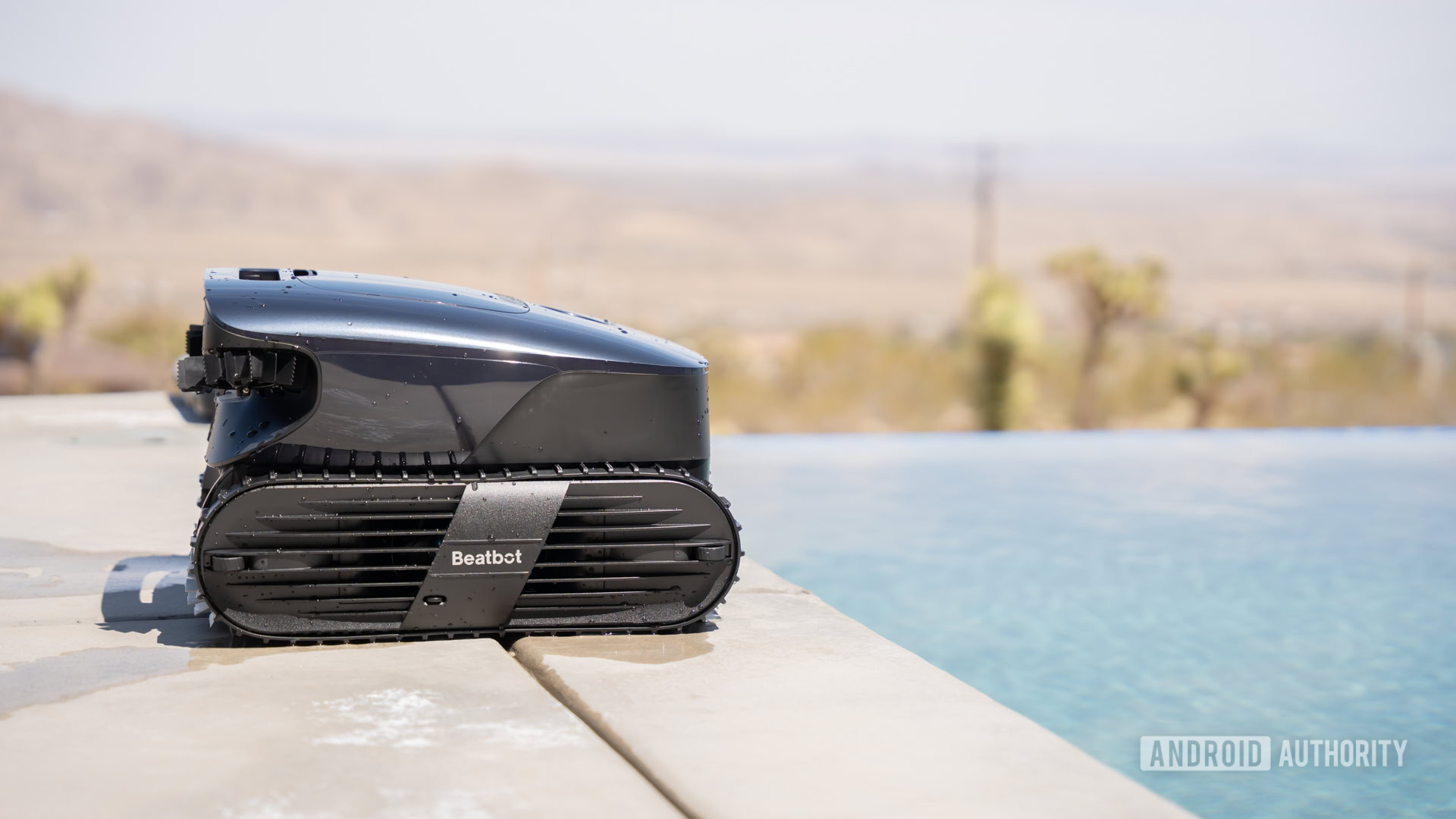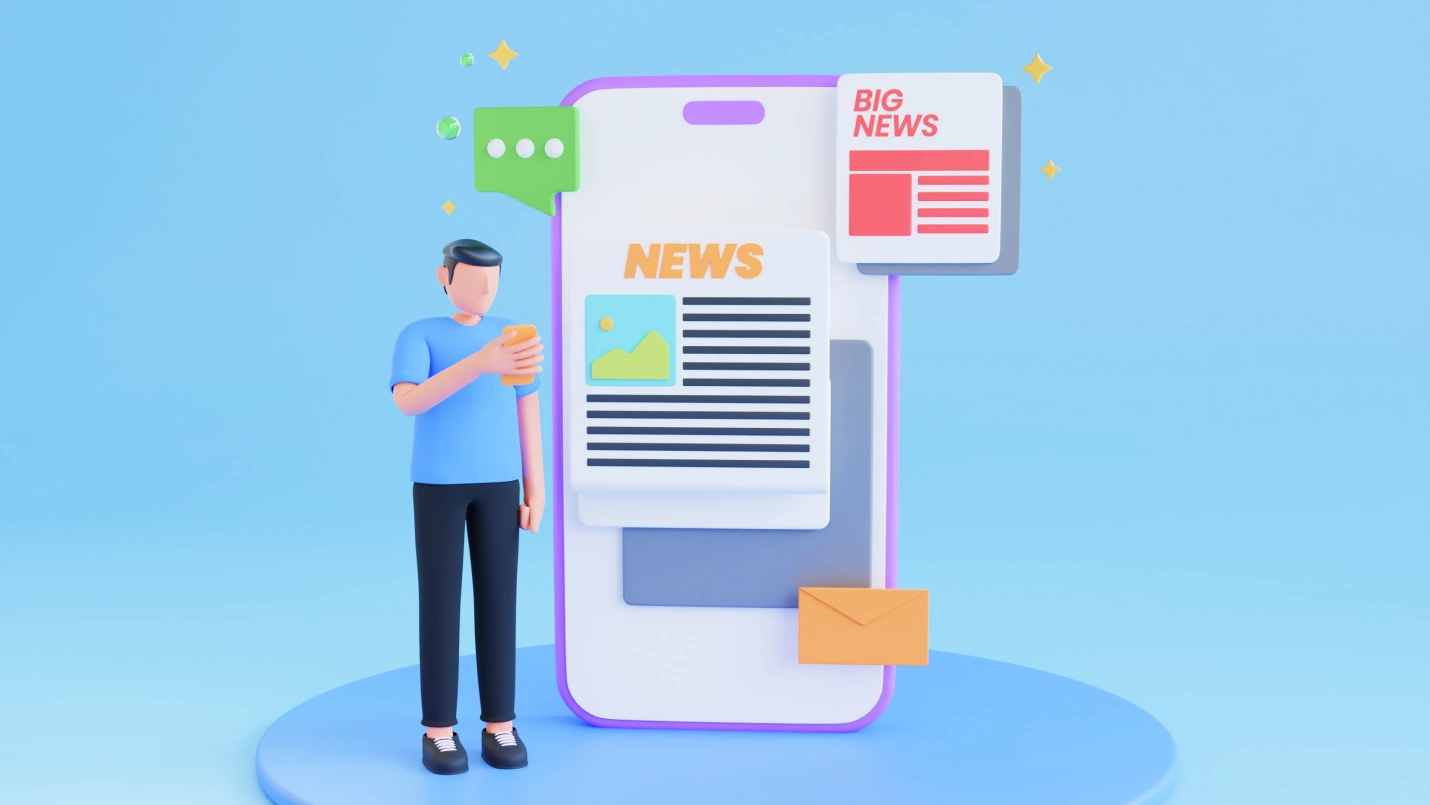Avoid These Common Pitfalls in Product Label Design
Discover the top 10 common mistakes in product label design and learn how to avoid them to ensure your labels are clear, compliant, and appealing to consumers. Improve your product's market success with these essential tips.

Product labels capture consumer attention, convey essential information, and establish brand identity. However, even minor label design mistakes can significantly negatively impact a product's market success. Here are some common pitfalls to avoid when designing product labels.
1. Overloading with Information
While providing the necessary details about the product is essential, overloading the label with too much information can overwhelm and confuse consumers. Prioritize critical details such as the product name, primary benefits, and legal requirements. Present this information using a clean, organized layout.
2. Poor Font Choices
Choosing the right font is essential for readability and aesthetics. Avoid using overly decorative or complex fonts that can be hard to read, especially in smaller sizes. Ensure the text is legible from a distance and contrasts nicely with the background.
3. Inadequate Contrast
A lack of contrast between the text and the background can make the label difficult to read. Ensure a strong contrast, especially for critical information such as the product name, ingredients, and instructions. Test the label under different lighting conditions to ensure readability.
4. Ignoring Regulatory Requirements
Product labels must comply with various regulations depending on the industry and region. Please include information such as nutritional facts, ingredient lists, and safety warnings to avoid legal issues and product recalls. Stay updated with regulatory guidelines to ensure compliance.
5. Inconsistent Branding
A product label should consistently reflect the brand's identity. Using different colors, fonts, or logos that do not align with the brand can confuse consumers and dilute brand recognition. Ensure that all elements of the label align with the overall branding strategy.
6. Neglecting the Target Audience
Understanding the target audience is crucial for effective label design. A label that appeals to one demographic might not resonate with another. Conduct market research to identify the preferences and expectations of the target audience and tailor the design accordingly.
7. Ignoring the Packaging Context
The label's design should complement the packaging as a whole. Consider how the label will look on the shelf next to competitors and how it interacts with the packaging's shape, size, and material. A well-integrated design enhances overall product appeal.
8. Low-Quality Images and Graphics
Using low-resolution images and graphics can make the product look unprofessional. Invest in high-quality visuals that represent the product accurately and attractively. Ensure that images are sharp and clear, even when viewed at smaller sizes.
9. Inconsistent Spacing and Alignment
Attention to detail in spacing and alignment is crucial for a professional look. Misaligned text, uneven margins, and inconsistent spacing can make the label look chaotic and unrefined. Use grid systems and alignment tools to ensure a clean, organized layout.
10. Forgetting About Sustainability
Consumers are increasingly concerned about sustainability. Using non-recyclable materials or excessive packaging can deter environmentally conscious customers. Consider using eco-friendly materials and indicate any sustainable attributes on the label.
Conclusion
In conclusion, designing an influential product label requires careful consideration of readability, regulatory compliance, branding consistency, and audience preferences. By avoiding these common mistakes, brands can create labels that attract consumers and convey essential information clearly and effectively.
What's Your Reaction?
 Like
0
Like
0
 Dislike
0
Dislike
0
 Love
0
Love
0
 Funny
0
Funny
0
 Angry
0
Angry
0
 Sad
0
Sad
0
 Wow
0
Wow
0

















































